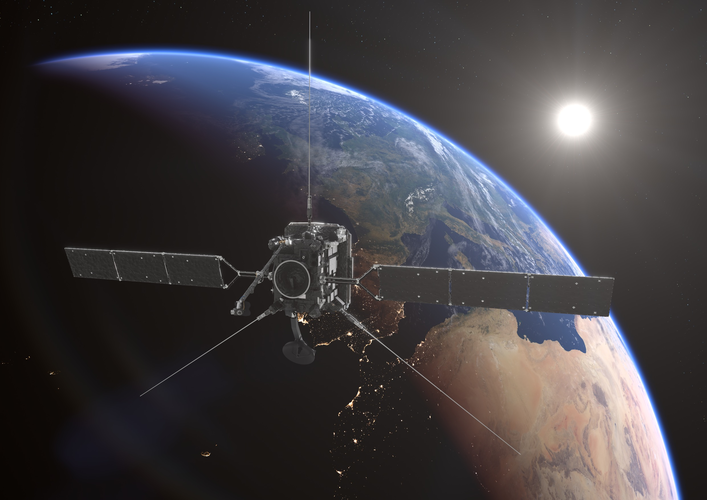New Russian module docks with International Space Station
Friday, 26 November 2021 17:07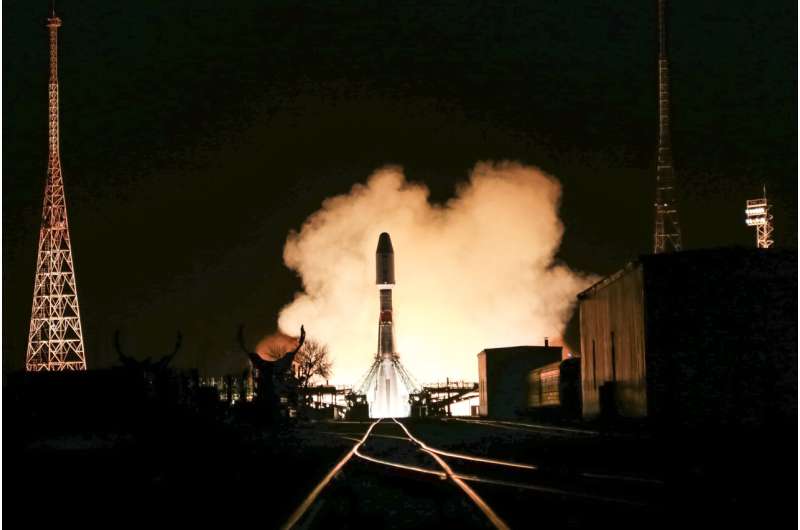
Russian node module docks with ISS
Friday, 26 November 2021 15:56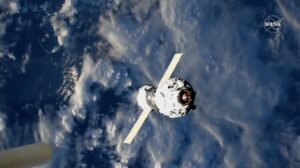
A node module billed as the final Russian element of the International Space Station docked with the station Nov. 26.
Could we really deflect an asteroid heading for Earth? An expert explains NASA's latest DART mission
Friday, 26 November 2021 15:10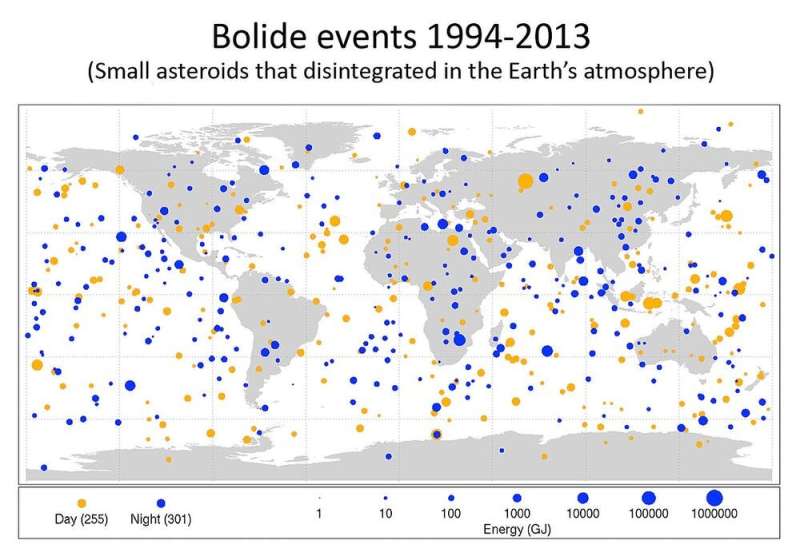
A NASA spacecraft the size of a golf cart has been directed to smash into an asteroid, with the intention of knocking it slightly off course. The test aims to demonstrate our technological readiness in case an actual asteroid threat is detected in the future.
The Double Asteroid Redirection Test (DART) lifted off aboard a SpaceX rocket from California on November 23, and will arrive at the target asteroid system in September, next year.
The mission will travel to the asteroid Didymos, a member of the Amor group of asteroids.
Chinese space firms present big ambitions at commercial space forum
Friday, 26 November 2021 11:36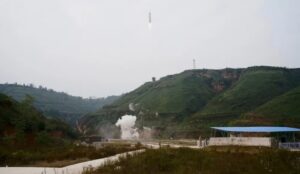
Players in China’s emerging commercial space sector have outlined big plans for rockets, spaceplanes and more for the coming years at a space forum hosted in Wuhan, central China.
ESA helps Greece to boost its space investments
Friday, 26 November 2021 11:28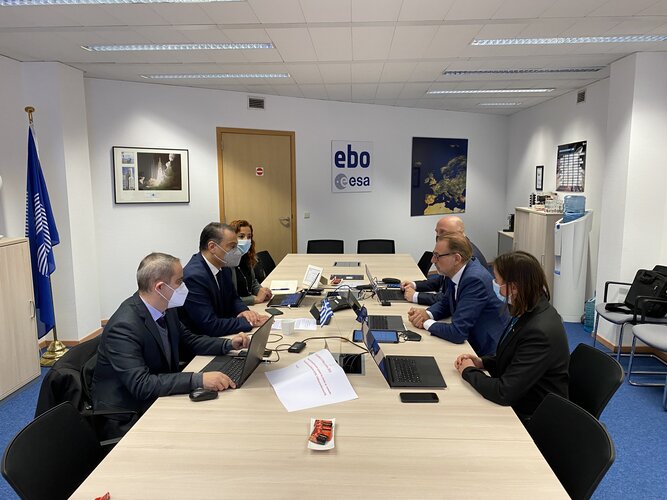
Ambitious plans to expand the nascent space industry in Greece – enabling the digital transformation of society while creating jobs and generating prosperity – have received a fillip from ESA.
Earth from Space: Kainji Lake
Friday, 26 November 2021 08:00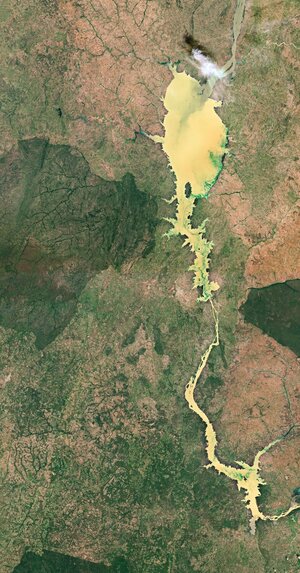
Kainji Lake, a reservoir on the Niger River in western Nigeria, is featured in this true-colour image captured by the Copernicus Sentinel-2 mission.
Galileos attached to upper stage as launch draws near
Thursday, 25 November 2021 15:24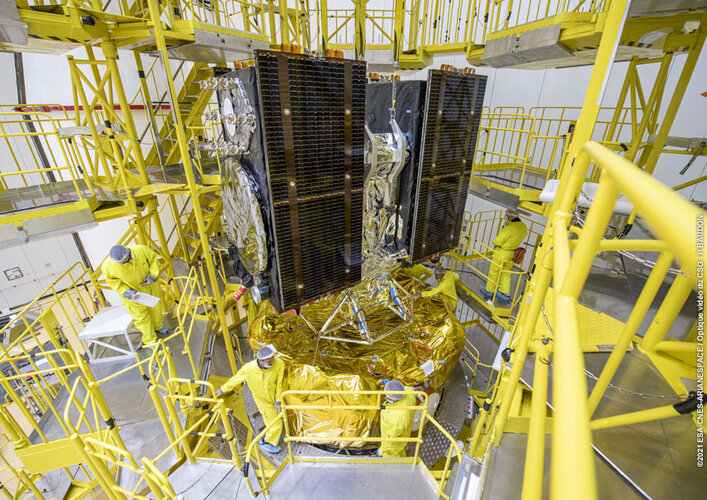 Image:
Galileos attached to upper stage as launch draws near
Image:
Galileos attached to upper stage as launch draws near JWST undamaged from payload processing incident
Thursday, 25 November 2021 15:11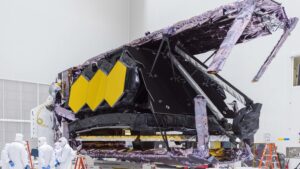
Launch preparations for NASA’s James Webb Space Telescope will resume after testing found no damage to the spacecraft from a payload processing incident earlier this month.
Galileo satellites in place for launch
Thursday, 25 November 2021 15:08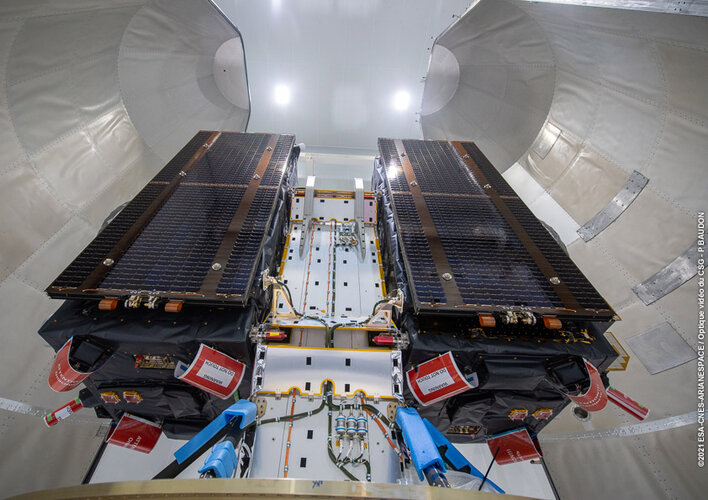
Europe’s next two Galileo satellites have been attached to the dispenser on which they will ride to orbit, and the launcher fairing that will protect them during the first part of the ascent to orbit has been closed around the pair.
Astroscale raises $109 million Series F round
Thursday, 25 November 2021 13:35
Astroscale announced Nov. 25 that it raised $109 million from European and Japanese investors in a round it says will allow it to accelerate plans for active debris removal and satellite servicing.
Kuaizhou-1A rocket launches classified Shiyan-11 satellite
Thursday, 25 November 2021 11:07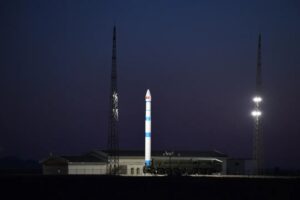
A Chinese Kuaizhou-1A rocket launched the experimental Shiyan-11 satellite for China’s main space contractor from northwest China late Nov.
Isolate in Antarctica, for science
Thursday, 25 November 2021 10:09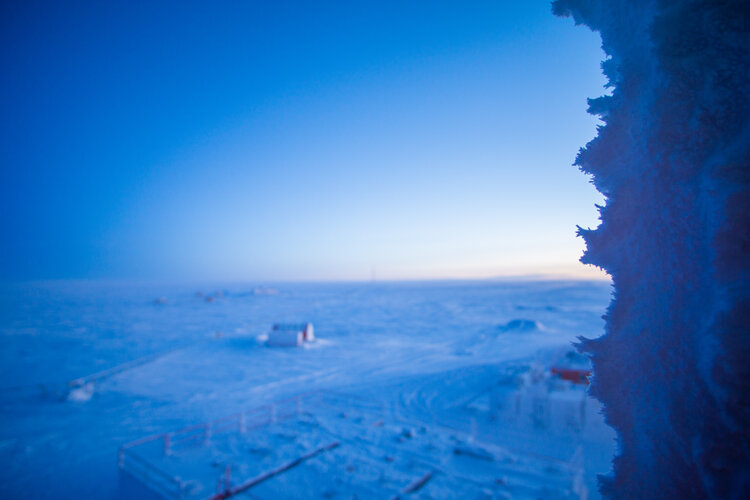 Image:
Image:
Applications are now open for the role of ESA-sponsored research medical doctor at Concordia research station in Antarctica for the 2023 winter over season. Do you have a medical degree, an interest in space exploration and the fortitude to spend almost a year in isolation in the world’s largest desert? Apply today for this unique post.
The blank backdrop
Located at the mountain plateau called Dome C in Antarctica, the French-Italian base is one of only three that is inhabited all year long.
Between the extreme altitude – 3233 m above sea level means the crew experience chronic hypobaric hypoxia or
Science with Webb: seeing farther
Thursday, 25 November 2021 09:00 Video:
00:01:00
Video:
00:01:00
The James Webb Space Telescope (Webb) is designed to answer fundamental questions about the Universe.
With 100 times more sensitivity than the NASA/ESA Hubble Space Telescope, and a mirror which is nearly double the size of ESA’s Herschel Space Observatory, it can detect infrared light generated by galaxies as they formed more than 13.5 billion years ago, in the aftermath of the Big Bang.
For the first time in human history we have the opportunity to directly observe the first stars and galaxies forming in the early Universe. When we observe something that is a million light-years away,
Russia launches classified military satellite
Thursday, 25 November 2021 08:14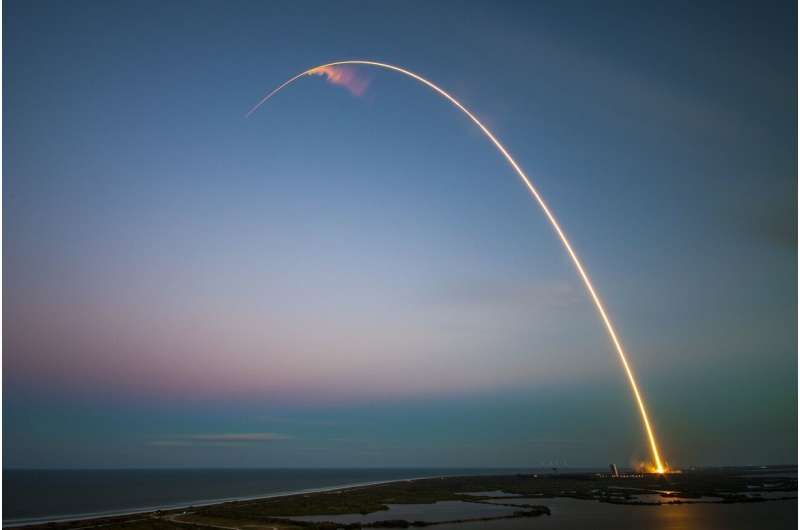
Russia on Thursday successfully placed into orbit a military satellite believed to be part of the Kremlin's early warning anti-missile system.
A Soyuz rocket carrying a classified payload blasted off from the Plesetsk cosmodrome in northern Russia in the early hours of Thursday morning, the defence ministry said.
At 0109 GMT a rocket was launched that put a "space apparatus into orbit in the interests of the defence ministry", the ministry said in a statement carried by the Interfax news agency.
It did not provide further details.
According to the Spaceflightnow website, which covers space launches, the launch could be delivering a Tundra satellite.
Russia has previously launched Tundra satellites in 2015, 2017 and 2019, according to Interfax.
Specialist website Russian Space Web said the ground track of Thursday's launch "matched previous missions" delivering satellites for Russia's missile warning system named Kupol or dome.
Unveiled in 2019, Kupol is designed to detect launches of ballistic missiles and track them to their landing site, though its exact configuration is unknown.
In 2018, the US, which suspects Russia of seeking to develop space weapons, said it was alarmed at the "very abnormal behaviour" of a Russian satellite.


